-
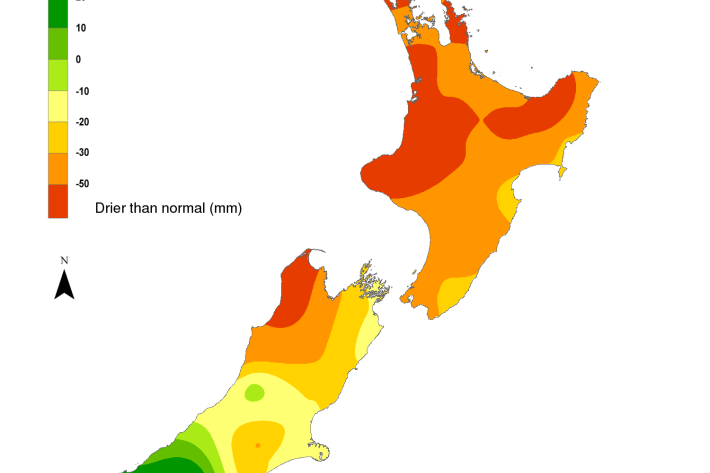
Hotspot Watch 12 February 2020
Hotspot12 February 2020Across the North Island, the past week once again featured little if any rainfall for most locations. Soil moisture levels in the lower South Island have improved markedly from last week. -
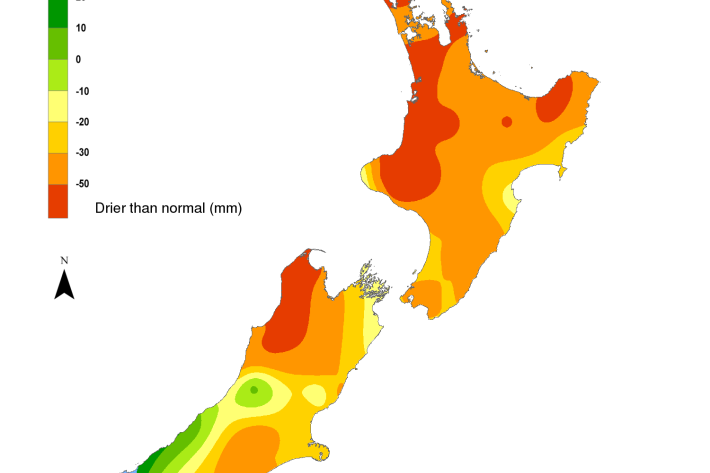
Hotspot Watch 5 February 2020
Hotspot05 February 2020A weekly update describing soil moisture patterns across the country to show where dry to extremely dry conditions are occurring or imminent. Regions experiencing significant soil moisture deficits are deemed “hotspots”. Persistent hotspot regions have the potential to develop into drought. -
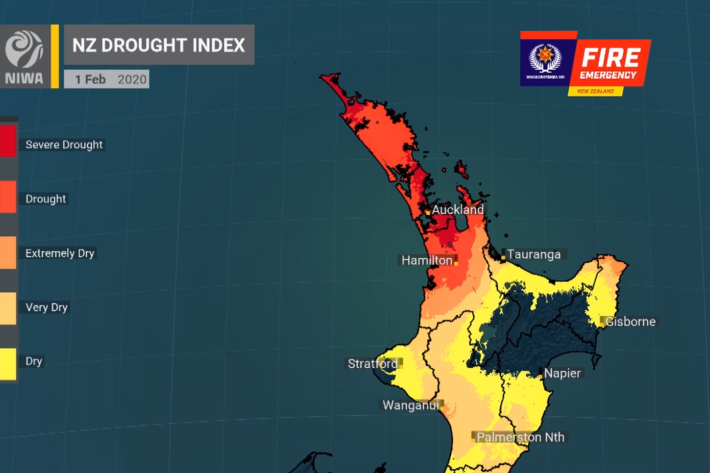
Forecast shows Auckland region to stay dry
Media release04 February 2020Aucklanders should not expect any decent rain for more than 10 days, says NIWA principal scientist and forecaster Chris Brandolino. -
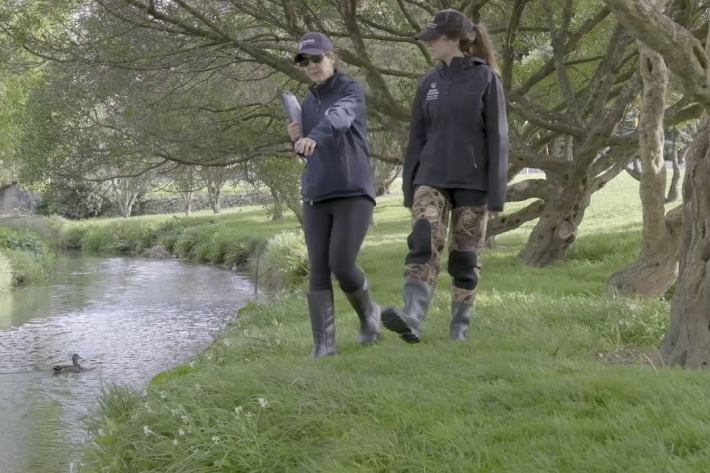
SHMAK habitat - rubbish
The SHMAK method for rubbish involves collecting and identifying all the rubbish (litter) in the stream and on the stream banks. -
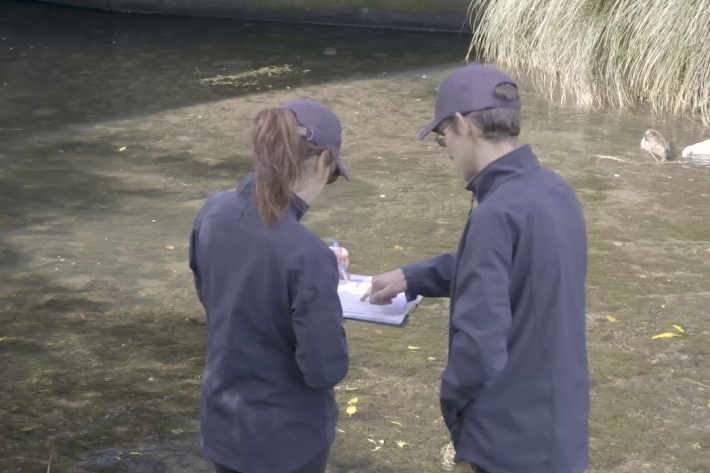
SHMAK habitat – visual habitat assessment
The SHMAK visual habitat assessment gives your stream a score that you can use to assess changes over time or compare streams. -
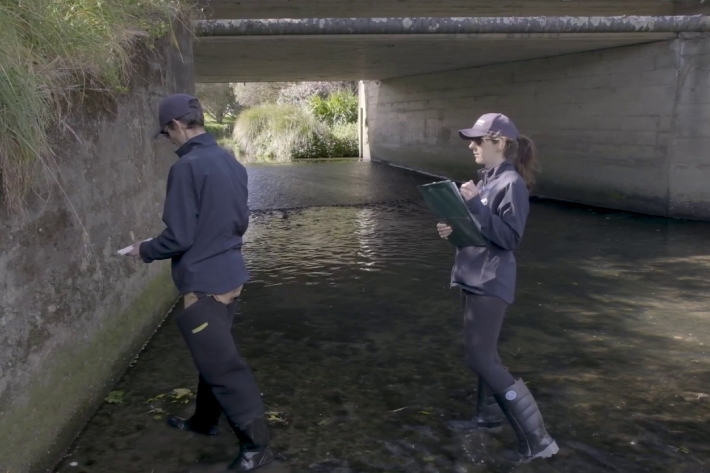
SHMAK habitat – streambed composition
Two methods for describing streambed composition: the visual assessment method is quicker while the Wolman walk is more accurate. -
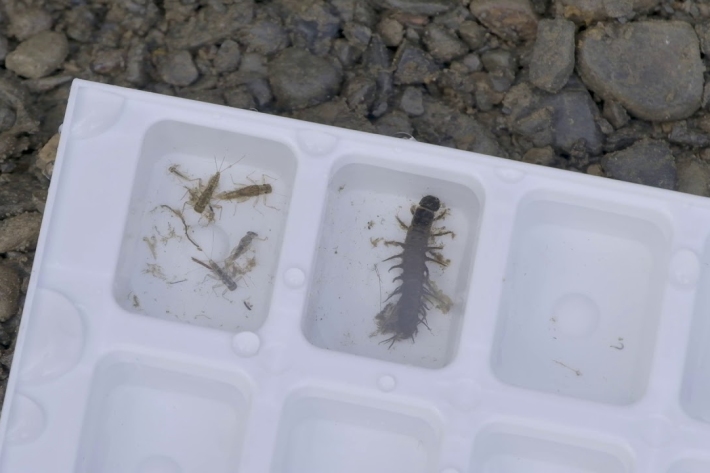
SHMAK stream life – how to sort and identify your benthic macroinvertebrate sample
Use an ice-cream tray to isolate and separate your invertebrates. The Benthic Macroinvertebrate Field Guide helps you with identification. -
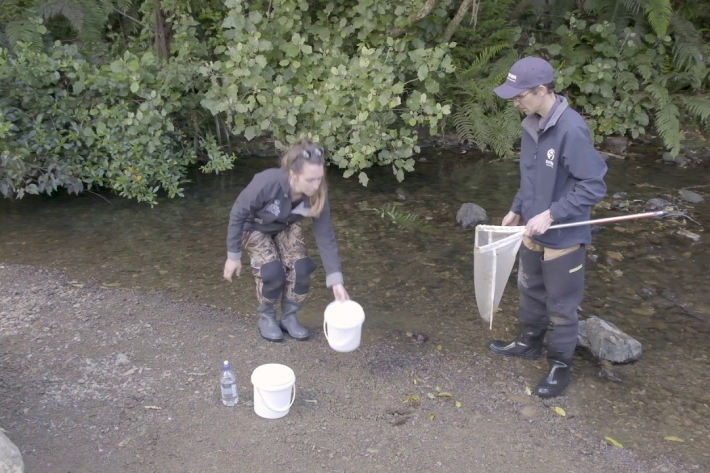
SHMAK stream life – how to get your benthic macroinvertebrate sample ready for sorting
Before you look at what animals you have collected, follow these methods to clear away debris (stones, sand, leaves, twigs) from your sample in the net. -
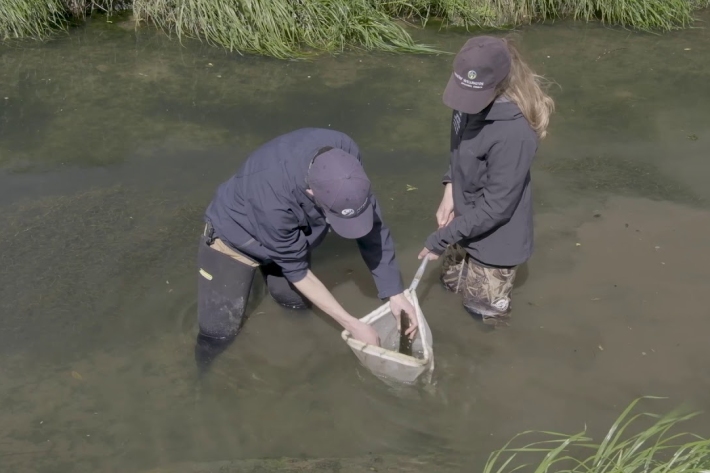
SHMAK stream life – collecting benthic macroinvertebrates in muddy-bottom streams
If your stream has a muddy-bottom or soft-bottom (made of silt or mud), you need to use a different method than if your stream has a stony-bottom. -
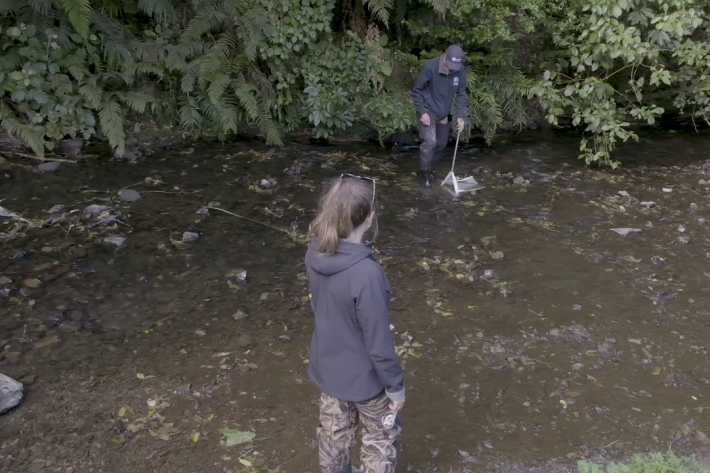
SHMAK stream life – collecting benthic macroinvertebrates using the Kick-Net Method
Use a net & the kick-net method to collect a greater range of benthic macroinvertebrates and more accurately assess the diversity of the community. -

SHMAK stream life – collecting benthic macroinvertebrates using the Stone Method
If you don’t have a net, you can collect stones from the streambed and collect the invertebrates that are clinging to the stones. -

SHMAK stream life – macrophytes
Macrophytes are large aquatic plants. How to assess macrophyte cover with just a measuring tape and a willingness to get wet.
